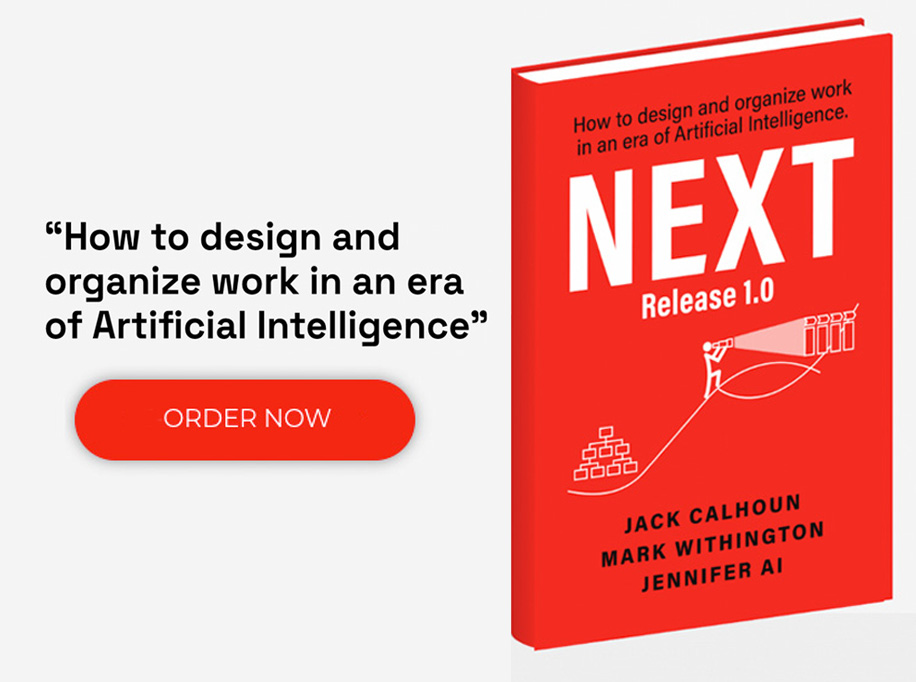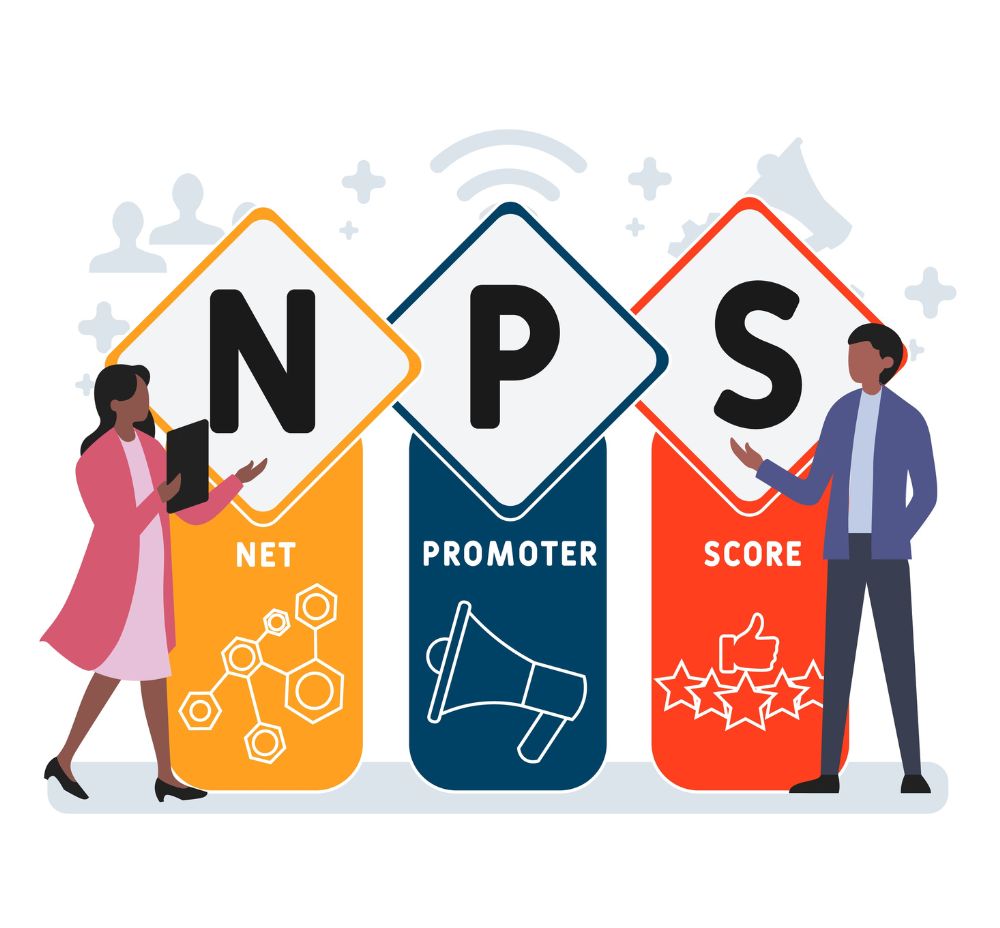In the pursuit of delivering exceptional customer experiences, organizations often struggle to truly understand and empathize with their target audience. Any lack of deep customer insight can lead to misaligned strategies, ineffective design decisions, and ultimately, a disconnect between the brand and its customers.
Customer personas are powerful assets that bridge the gap. More than just a collection of demographic data points, bring your ideal customers to life through well-crafted personas that reflect their thoughts, feelings, motivations, and challenges. They serve as a guiding light for CX design, so every touchpoint and interaction is tailored to your customers’ unique needs and preferences.
Related Article: What is the Link Between Employee Experience and Customer Experience?
What Are Customer Personas?
Customer personas are fictional, yet realistic representations of your target customers. As powerful empathy-building machines, they humanize the customer base as more than just metrics.
The key elements include:
- Demographic information: Age, gender, income, location, etc.
- Psychographic attributes: Values, attitudes, lifestyle, personality traits.
- Behaviors: Purchasing habits, brand interactions, channel preferences.
- Goals and motivations: What drives their decisions and actions.
- Pain points and challenges: Obstacles they face in achieving their goals.
- Quotes or narratives: Illustrative descriptions that make the persona feel real.
Top Benefits of Using Customer Personas
- Sincere Customer Understanding: Personas provide a nuanced and holistic understanding of the target audience that is crucial for designing experiences that truly resonate with customers on a personal level.
- True Customer-Centricity: Personas are a constant reminder to keep the customer at the center of all decisions and initiatives.
- Effective Collaboration and Alignment: Personas provide a shared language and understanding of the customer across teams and departments. They break down organizational silos by creating a common point of reference for marketing, sales, product development, and customer service.
- Refined Targeting and Personalization: Through careful segmentation, organizations can develop specific strategies and personalized experiences for each group, garnering higher conversion rates, customer satisfaction, and loyalty.
- Powerful Product and Service Development: By understanding each persona’s challenges and goals, organizations can identify opportunities for innovation and create solutions that address real customer needs.
- Resonate Marketing and Communication: Businesses can create more effective and engaging communication strategies by understanding the language, tone, and channels preferred by each persona.
- Supercharge Lead Generation and Sales: Personas help sales teams tailor their approaches and messaging to each customer type’s specific concerns and goals, leading to higher conversion rates and faster sales velocity. One study found that 24% of companies generated more leads by utilizing personas, while 36% were able to shorten their sales cycles.
Creating Customer Personas
These are the steps we use to create effective customer personas.
- Gather and Analyze Customer Data: The foundation of creating accurate personas lies in collecting and analyzing comprehensive customer data. Leverage quantitative data (e.g., web analytics, sales data) and qualitative insights (e.g., customer interviews, focus groups) to understand your target audience comprehensively.
- Identify Distinct Customer Segments: Using the collected data, identify distinct customer segments based on shared characteristics, needs, and behaviors. Look for patterns and commonalities that allow you to group customers into meaningful categories. These segments will form the basis for your personas, so each persona represents a significant portion of your customer base.
- Develop Empathy Maps for Each Segment: For each identified segment, create an empathy map that captures their thoughts, feelings, actions, and pain points. Step into your customers’ shoes and understand their experiences from their perspective. You can uncover profound insights into their motivations and challenges by exploring what they think, feel, say, and do.
- Craft Persona Narratives and Profiles: Transform the empathy maps into rich, narrative-driven persona profiles. Give each persona a name, a face, and a story that brings them to life. Include demographic details, psychographic attributes, goals, frustrations, and real quotes or anecdotes illustrating their experiences. The narratives should be engaging, relatable, and grounded in the data-driven insights gathered earlier.
- Validate and Refine Personas with Stakeholders: Share the draft personas with key organizational stakeholders, including marketing, sales, product development, and customer service representatives. Gather their feedback and insights to validate the accuracy and relevance of the personas. Refine the personas based on their input, ensuring they resonate with the experiences and observations of those who interact with customers regularly.
- Integrate Personas into CX Design and Decision-Making: Once the personas are finalized, integrate them into the CX design process and decision-making frameworks. Use the personas as a reference for ideation, prototyping, and testing new experiences. Make sure all customer-facing initiatives are evaluated through the lens of the personas, asking questions like “How would Persona A respond to this?” or “Does this address the needs and pain points of Persona B?”.
- Continuously Update and Evolve Personas: Recognize that personas are not static entities but evolving representations of your customers. As new data emerges and customer preferences shift, update and refine your personas accordingly. Continuously gather feedback and insights to keep your personas grounded in the ever-changing realities of your target audience.
To explore this topic further, read our book Next: How to design and organize work in an era of Artificial Intelligence, where we cover it in depth in Chapter 6.
How Accelare Can Help You Create High-Impact Customer Personas
Accelare’s Purpose Driven Customer Experience (PDCX) consulting services leverage a powerful combination of traditional CX design tools and behavioral economics principles to develop a Choice Architecture that aligns with your operating model. By mapping the customer journey to your business processes rather than the org-chart, we help you deliver a seamless, satisfying experience that promotes mutually beneficial outcomes, increases customer satisfaction (CSAT), and improves your Net Promoter Score (NPS).
Take the first step towards CX excellence today. Contact Accelare to schedule your free 4-minute CX Journey Assessment and see how our proven optimization services can raise your customer experience to new heights.
—











